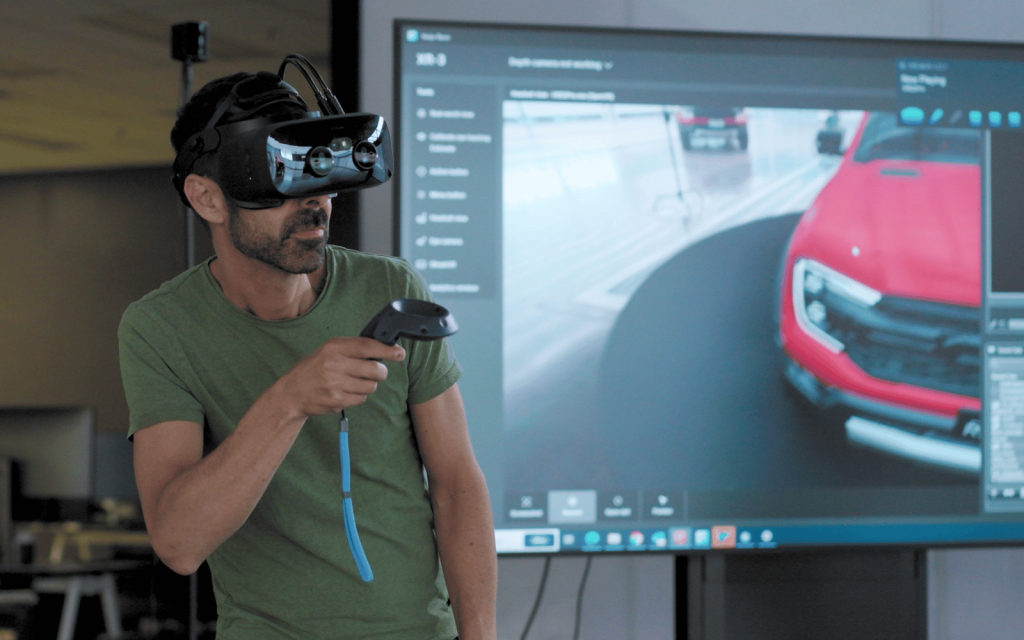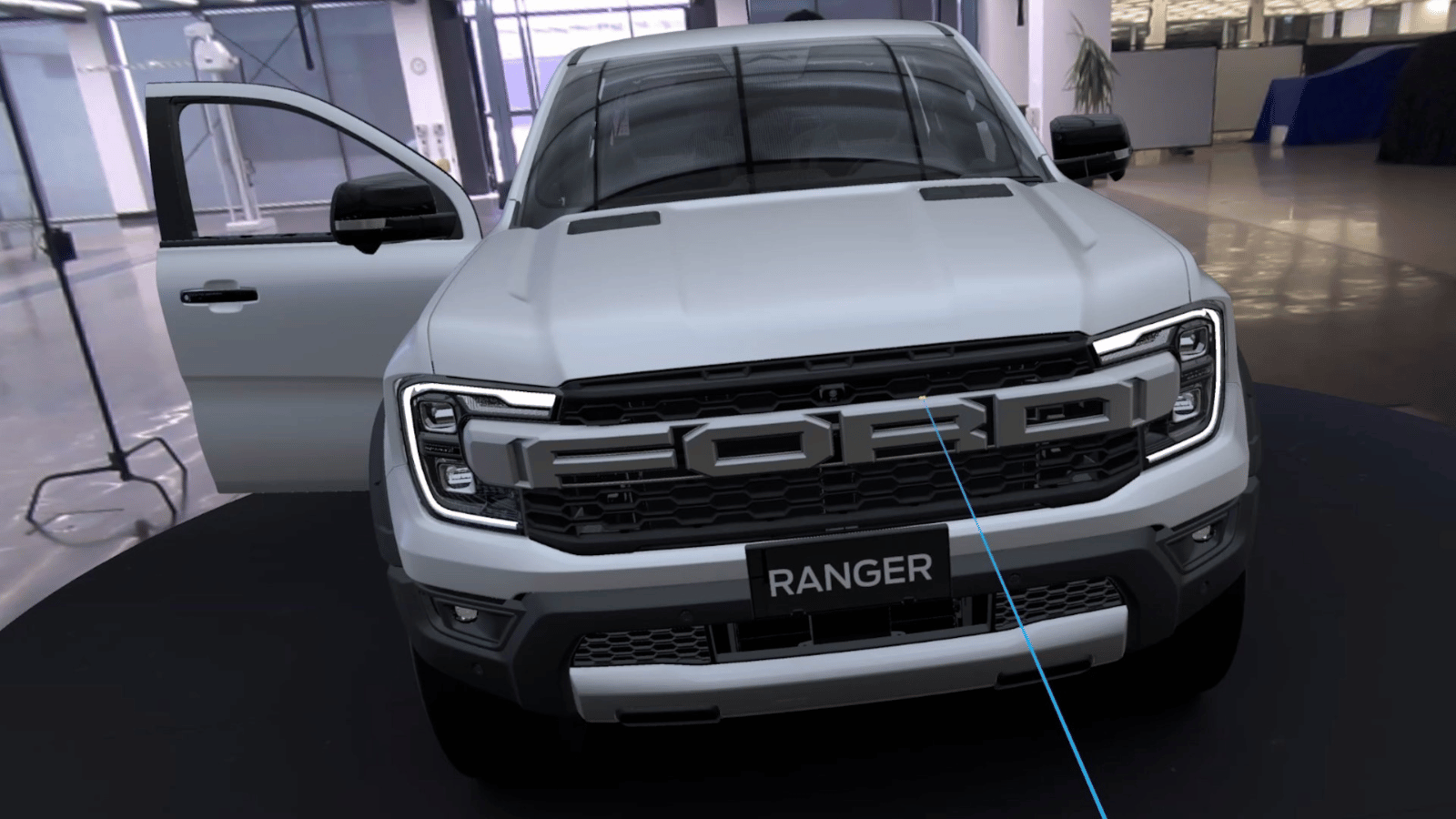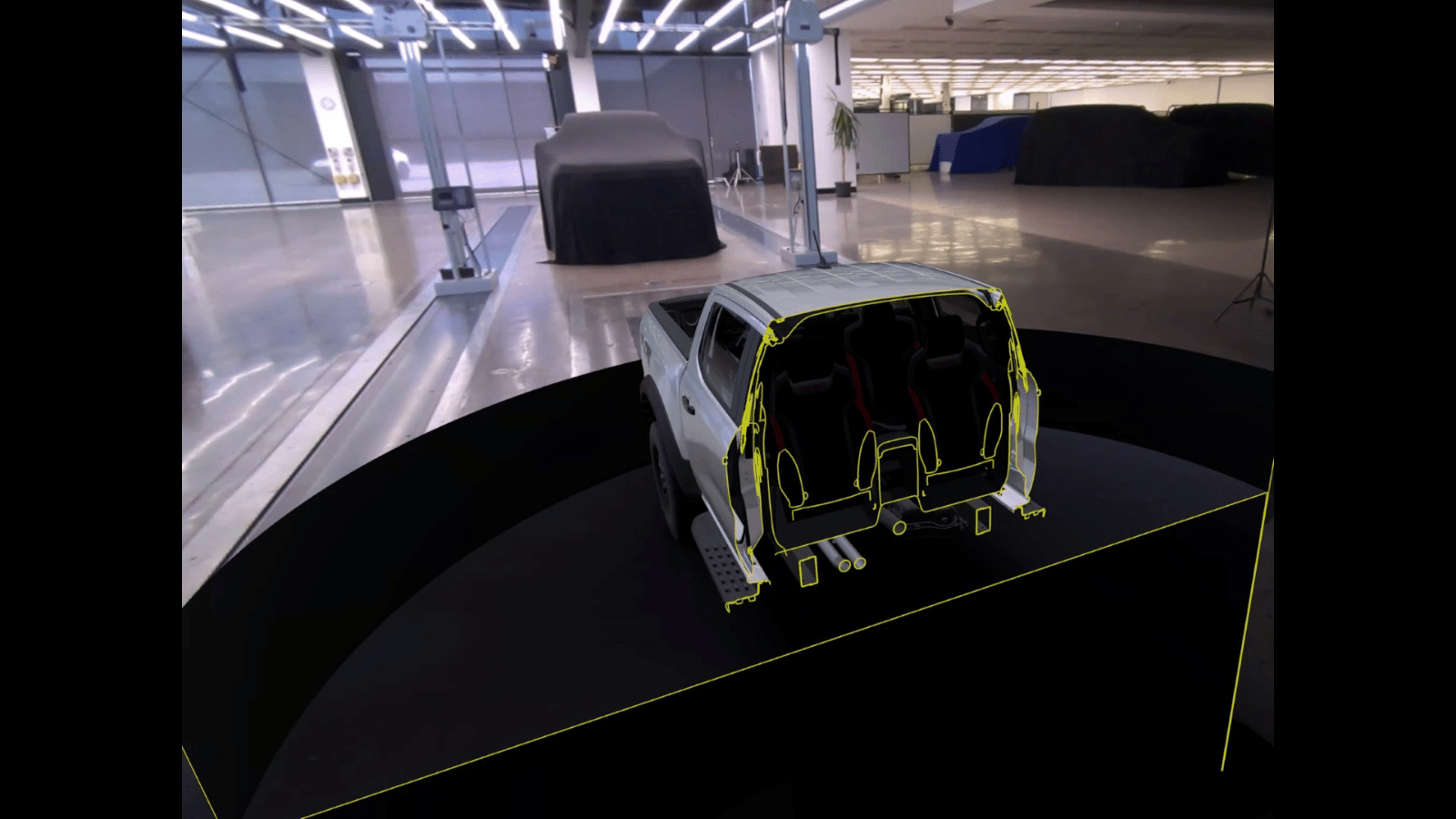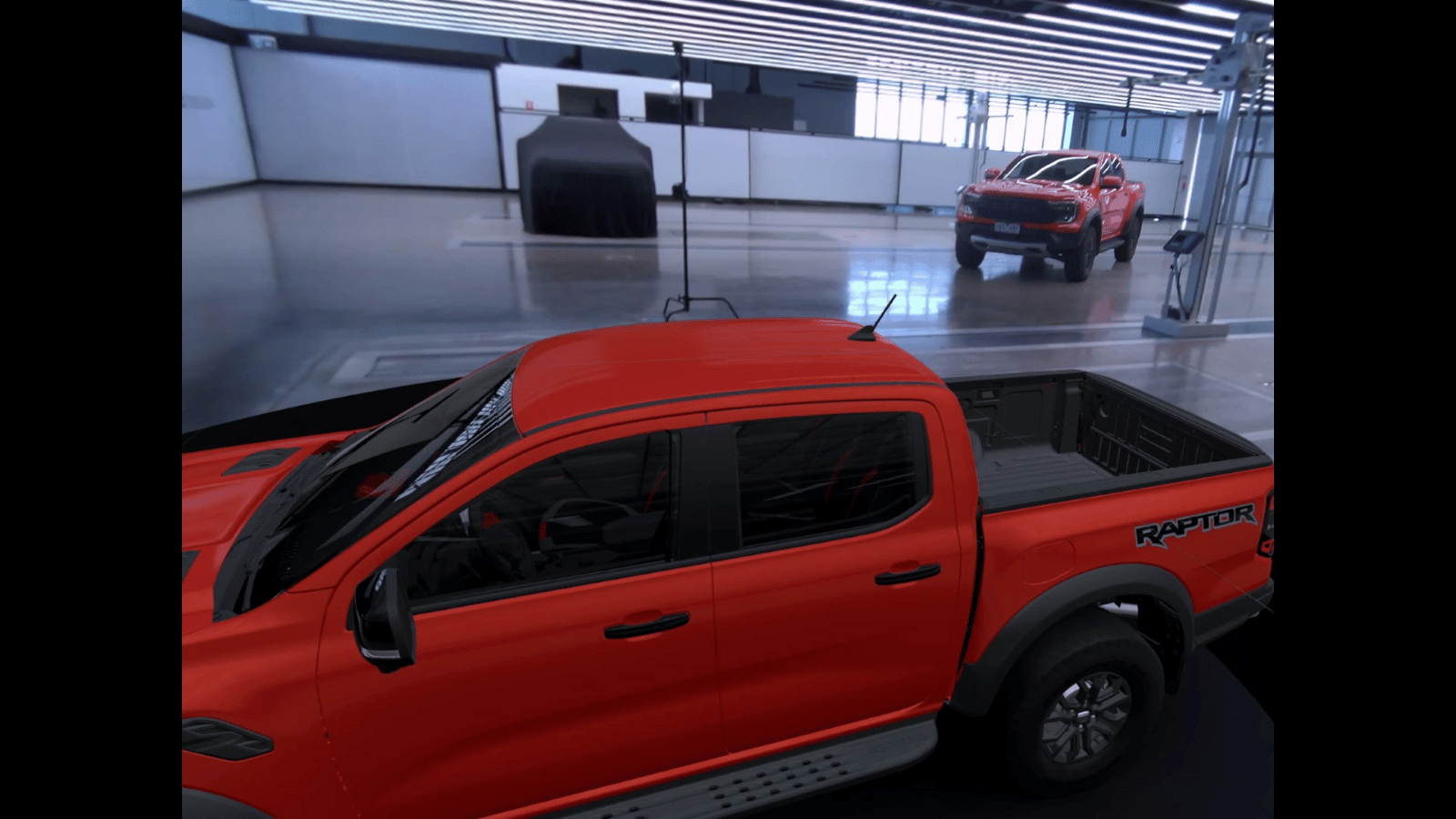Ford’s presence throughout South Africa cannot be understated. Any oke that knows how to put together a good braai is likely rocking a Ford Ranger, while the richer lot are all picking up Ranger Raptors. And don’t forget how common it is to see an Everest cruising the streets nowadays. You get the idea. South Africa loves Ford.
It suddenly makes the company’s furious desire to keep pumping the market with newer models much more understandable. Ford is popular everywhere, so keeping up with demand is key. According to the company, it’s figured out a way to massively speed up the design process and get newer models out quicker: mixed reality.
No flying cars, but we have digital Rangers
If you’re unfamiliar with the term, mixed reality is exactly that; the melding of the physical world with those generated by a computer. You’ll most commonly see the phrase applied to products such as Meta’s Quest 3 or Apple’s new Vision Pro headsets, which overlay computer-generated elements onto the real world, where the two can co-exist.
In Ford’s case, mixed reality is a “powerful visualization and collaborative tool for the design team behind the Ranger, Ranger Raptor and Everest.” It isn’t difficult to see why. Before it throws a prototype model together, which requires countless hours of design and manufacture, the design team can whip up a 1:1 virtual model and iron out kinks before it hits the production floor.
Called ‘the pit’, Ford conjured up a digital world in which designers globally can throw on a headset and begin collaborating on a new model’s design. “We now have the capability to review the virtual vehicle in our familiar studio environment before committing to making a physical prototype, which helps speed up the design process and reduce changes,” said Andrew Dallan-Jones, Ford’s design visualisation manager.
Read More: The Ford Ranger is getting a plug-in hybrid model in 2025, and it’ll double as a generator
“It’s [mixed reality] at the stage where you’re walking around the vehicle wearing the headset and, when you remove the goggles, it takes a moment to readjust to the fact the vehicle is no longer there,’ said Dallan-Jones.
Ford has since expanded its use of mixed reality to encompass the entire design process, according to Ford’s Cory Middling, Ford Design’s visualisation technology specialist. “In the beginning, we use it to explore volume, themes and surface development. Once the vehicle theme has been chosen, mixed reality is used to scrutinise the design inside and out as we go back and forth between digital and physical prototypes.”
Ford is confining the technology to its design team for now, but we wouldn’t be surprised if it’s working on commercialising the idea, too. Imagine being able to summon a digital replica of the new Ranger Raptor in your driveway to see how large that boot really is. All without ever leaving your home.







